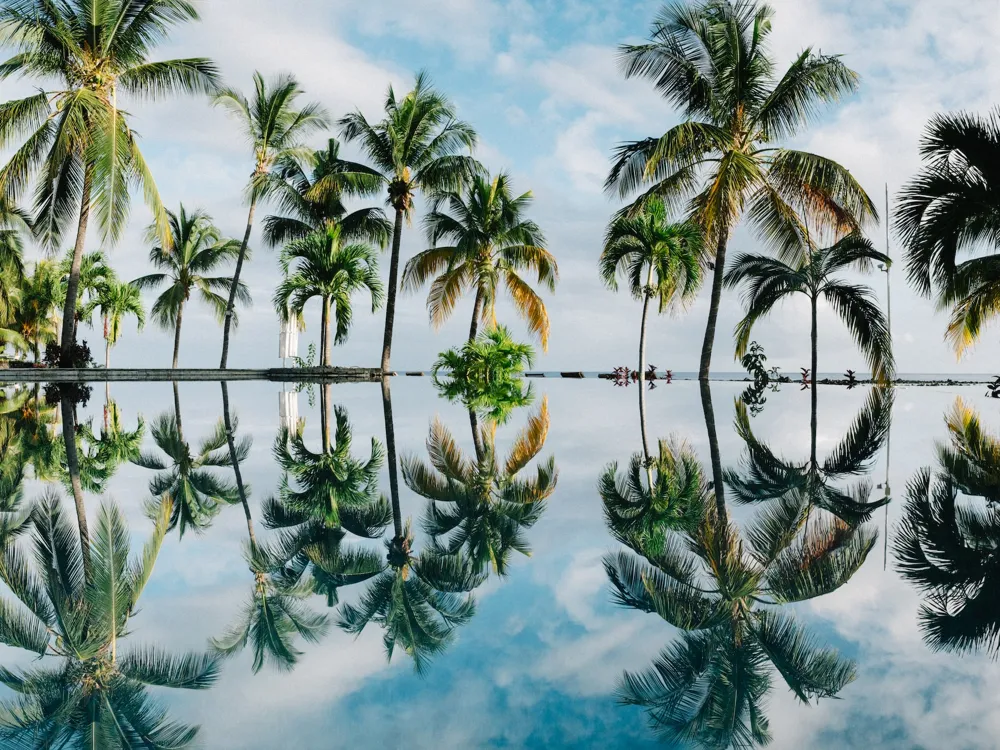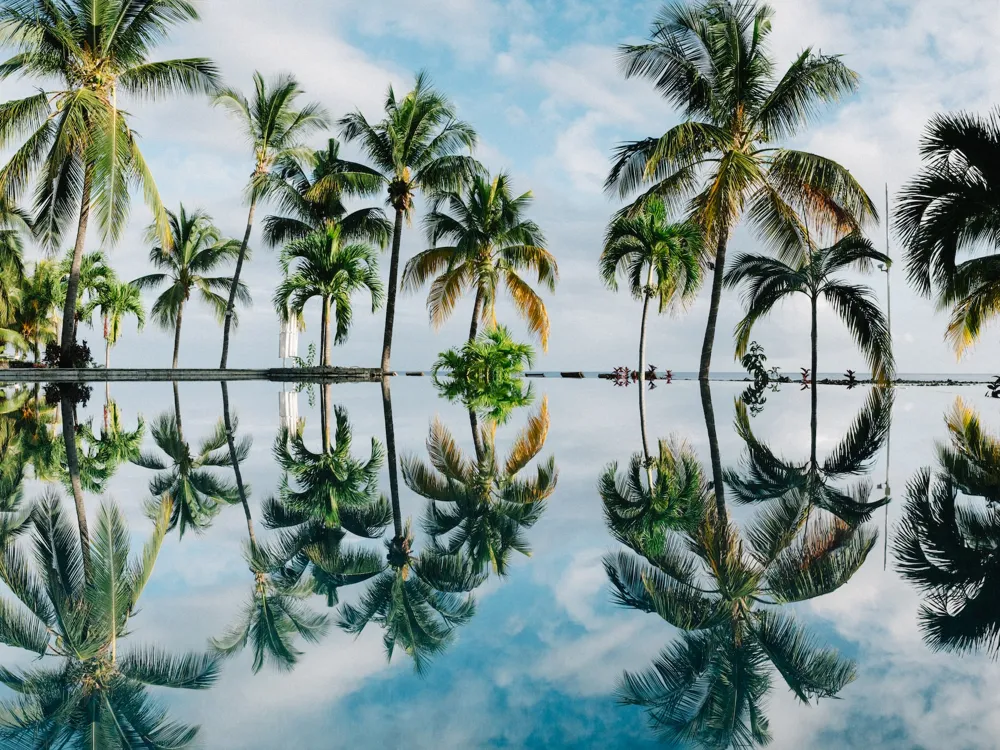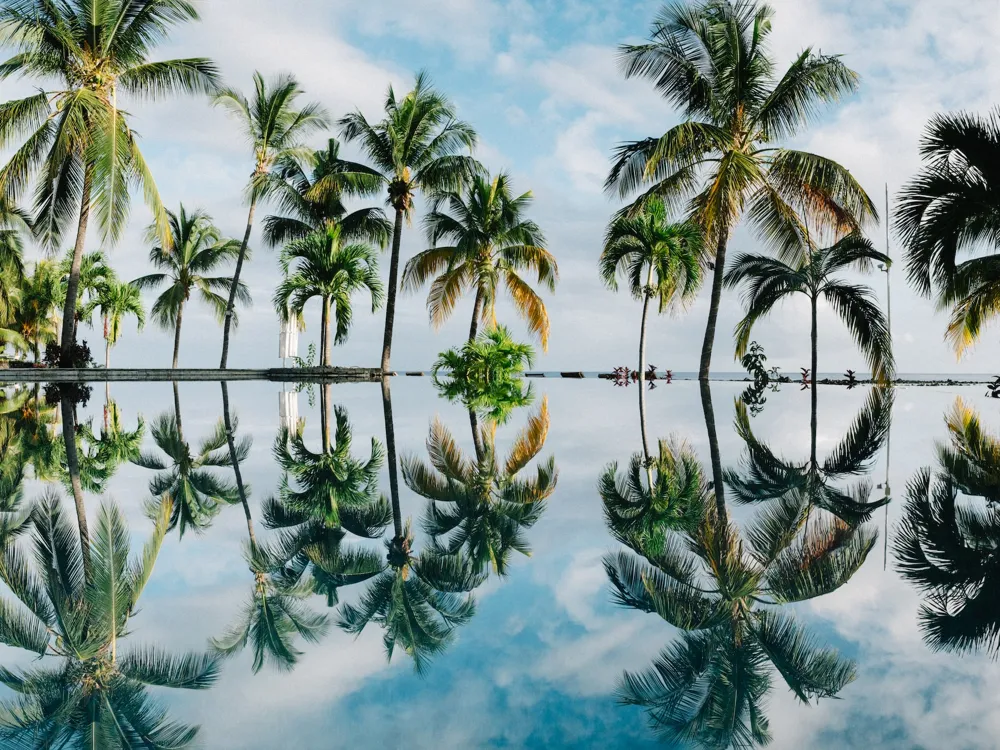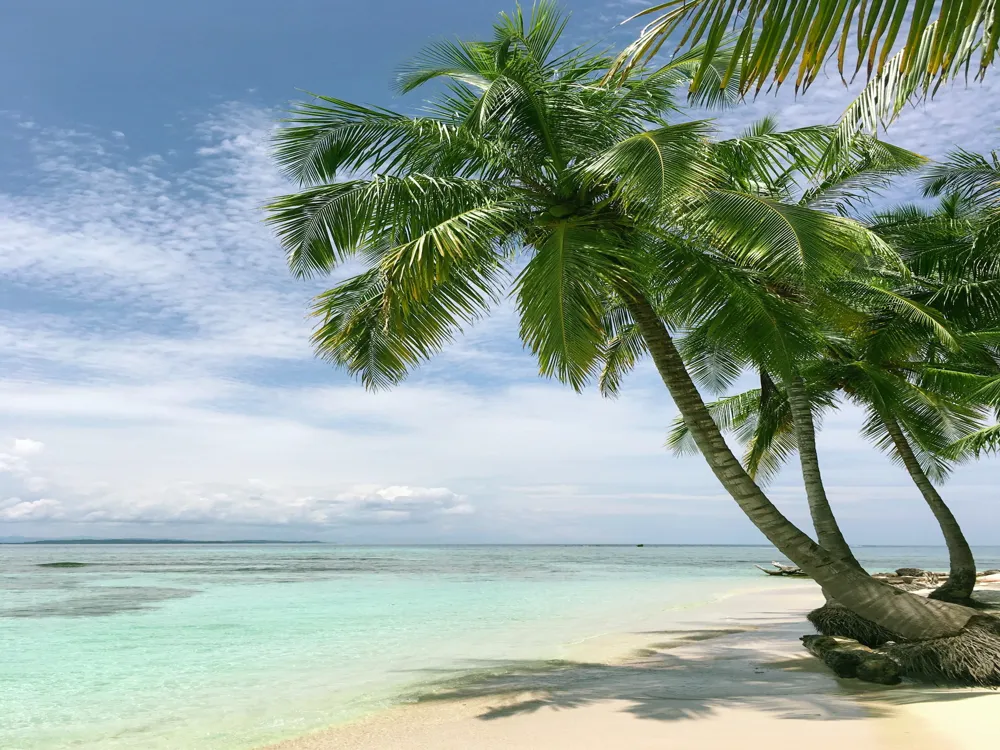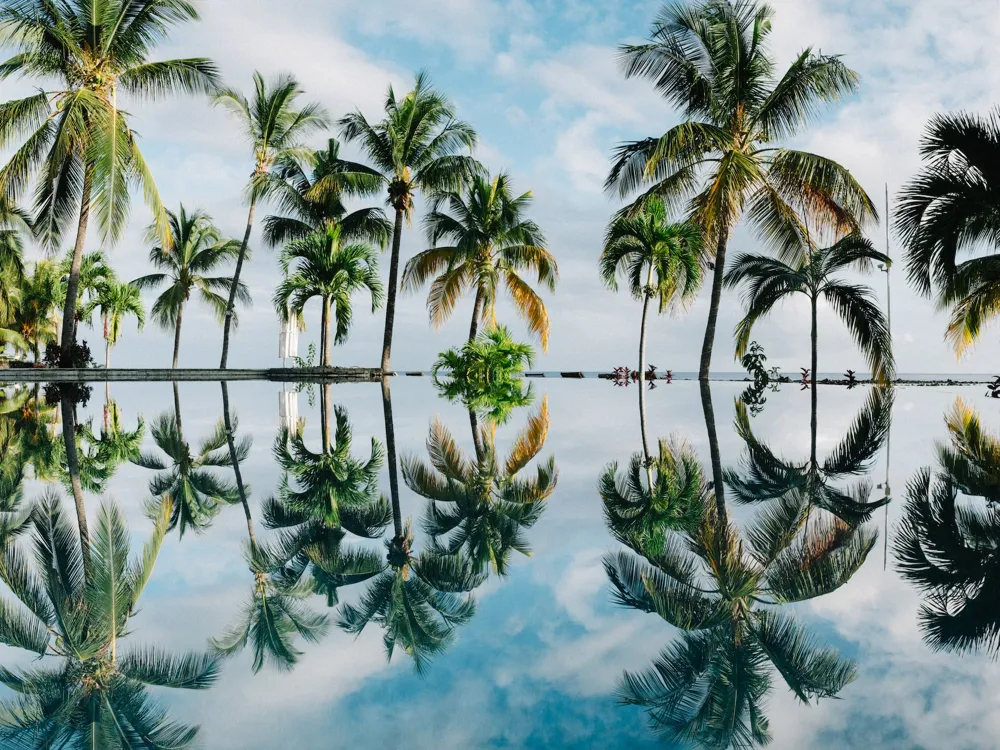Horse racing in Mauritius, a sport steeped in history and tradition, is more than just a pastime—it's a cultural phenomenon. The island's love affair with horse racing dates back to the early 19th century, making it one of the oldest sports in the region. The Champ de Mars racecourse in Port Louis, the capital of Mauritius, holds the distinction of being the oldest racecourse in the southern hemisphere. The racecourse is not just a sporting venue; it's a melting pot of culture, where people from all walks of life come together to celebrate their passion for the sport. The racing season in Mauritius typically runs from March to December, featuring an array of exciting events that attract both local and international audiences. One of the most anticipated events is the Maiden Cup, the most prestigious race in Mauritius, which showcases the finest horses, jockeys, and trainers. The sport has evolved significantly over the years, with state-of-the-art training facilities and international breeding programs elevating the quality of racing. The Mauritian turf club, the organizer of these races, is one of the oldest horse racing clubs in the world, reflecting the deep-rooted history and significance of the sport in Mauritian culture. The history of horse racing in Mauritius is as old as the island’s colonial past. It was introduced by the British in 1812 to provide entertainment for the colonial administrators and the local elite. The Champ de Mars racecourse, set against the stunning backdrop of the Moka mountain range, was initially a military training ground before being repurposed as a racecourse. The sport quickly became popular among the island's diverse population, serving as a unifying factor in a multicultural society. Over the years, horse racing in Mauritius has evolved from a colonial pastime into a professional sport with international standards. The introduction of thoroughbred horses from Europe and South Africa has raised the competition level, attracting top jockeys and trainers from around the world. Technological advancements have also played a crucial role in transforming the sport, with modern broadcasting and betting systems enhancing the racing experience for enthusiasts. Horse racing significantly impacts Mauritius's social fabric and economy. It's a major source of employment, with thousands employed directly and indirectly in the racing industry. The sport also contributes significantly to the country's GDP, with revenue generated from betting, tourism, and related industries. For many Mauritians, horse racing is more than a sport; it's a way of life, with race days being major social events. The cultural significance of horse racing in Mauritius cannot be overstated. It transcends the sport itself, symbolizing unity and shared heritage among the island's diverse population. The racecourse is a place where people from different ethnic and social backgrounds come together, sharing their love for the sport. It's a celebration of Mauritian culture, with music, food, and fashion integral to the race day experience. The architecture of horse racing in Mauritius is a blend of historical grandeur and modern functionality, exemplifying the sport's rich heritage and contemporary appeal. The Champ de Mars racecourse, the epicenter of Mauritian horse racing, is a perfect example of this architectural synthesis. The racecourse's design reflects its historical significance, with colonial-era stands and buildings preserved alongside modern facilities. The grandstand, a prominent feature of the Champ de Mars, offers a panoramic view of the racecourse and is a testament to colonial architecture. The paddock and stables, essential components of the racecourse, are designed to provide the best care for the horses, reflecting the sport's evolution and Mauritius's commitment to maintaining high international standards. In recent years, the Mauritian horse racing industry has seen significant modernization, integrating technology into its architecture. Advanced audio-visual equipment enhances the viewing experience for spectators, while digital betting systems have streamlined the wagering process. These technological advancements have not only improved the functionality of the racecourse but have also elevated the overall experience for racing enthusiasts. The integration of technology extends to the training facilities as well. State-of-the-art training tracks, equipped with the latest in horse care and fitness technology, ensure that the horses are in peak condition for the races. These facilities highlight Mauritius’s dedication to excellence in horse racing, balancing the sport's traditional aspects with modern innovations. While embracing modernity, the architecture of horse racing in Mauritius also focuses on preserving its historical elements. The Champ de Mars racecourse, for instance, maintains its original layout, with efforts made to restore and preserve its colonial-era structures. This preservation is crucial in maintaining the racecourse's historical significance and charm, making it a unique attraction for both locals and tourists. Sustainability and eco-friendliness are increasingly important in the architecture of horse racing venues in Mauritius. Efforts are being made to ensure that new constructions and renovations are environmentally sustainable, minimizing the impact on the island's delicate ecosystem. This approach reflects a growing awareness of environmental responsibility in the sport, aligning with global trends in sustainable architecture. When visiting the horse races in Mauritius, it's important to adhere to the dress code, which is generally smart casual. Men often wear collared shirts and trousers, while women opt for dresses or smart casual attire. It's also important to respect the etiquette of the racecourse, such as not disturbing other spectators and following the rules and guidelines set by the racecourse. For those interested in betting, it's advisable to do some research on the horses and their performance history. Beginners should start with small bets and avoid getting carried away. It's also helpful to listen to tips from local racegoers, as they often have valuable insights into the races. For the best viewing experience, try to find a spot near the finish line or in the upper tiers of the grandstand. These locations offer a great view of the races and the overall atmosphere of the event. Arriving early can help secure a good spot, as the racecourse can get crowded, especially on big race days. Don't miss out on the local cuisine available at the racecourse. Mauritian food is a delightful blend of various culinary traditions, and the racecourse offers a variety of local dishes and refreshments to enjoy while watching the races. The Champ de Mars racecourse in Port Louis is easily accessible from various parts of the island. Visitors can reach the racecourse by car, taxi, or bus. There are ample parking facilities for those driving. For international visitors, the Sir Seewoosagur Ramgoolam International Airport is the main gateway to Mauritius, and from there, one can hire a taxi or take a bus to Port Louis. It's advisable to check the race schedule in advance and plan your trip accordingly. During race days, especially for major events like the Maiden Cup, it's recommended to arrive early to avoid traffic congestion and secure a good viewing spot. Read More:Overview of Horse Racing in Mauritius
History and Evolution of Horse Racing in Mauritius
Impact on Mauritian Society and Economy
Cultural Significance of Horse Racing in Mauritius
Architecture of Horse Racing in Mauritius
Modernization and Technological Integration
Preservation of Historical Elements
Sustainable and Eco-Friendly Design
Tips When Visiting Horse Racing in Mauritius
Dress Code and Etiquette
Betting Tips
Best Viewing Spots
Local Cuisine and Refreshments
How To Reach Horse Racing in Mauritius
Horse Racing In Mauritius
Mauritius
₹ 24,899 onwards
View mauritius Packages
Weather :
Tags : Sporting Events & Stadiums
Timings : 12:00 PM - 5:00 PM
Entry Fee : Price per adult: USD 218
Price per child (6 to 12 years): USD 135
No fees for children under 6 years
Planning a Trip? Ask Your Question
Mauritius Travel Packages
View All Packages For Mauritius
Top Hotel Collections for Mauritius

Private Pool

Luxury Hotels

5-Star Hotels

Pet Friendly
Top Hotels Near Mauritius
Other Top Ranking Places In Mauritius
View All Places To Visit In mauritius
View mauritius Packages
Weather :
Tags : Sporting Events & Stadiums
Timings : 12:00 PM - 5:00 PM
Entry Fee : Price per adult: USD 218
Price per child (6 to 12 years): USD 135
No fees for children under 6 years
Planning a Trip? Ask Your Question
Mauritius Travel Packages
View All Packages For Mauritius
Top Hotel Collections for Mauritius

Private Pool

Luxury Hotels

5-Star Hotels

Pet Friendly






